Por Peter Schurmann. Ethnic Media Services. Traducción Pamela Cruz.
Los participantes en el rodeo en la escuela secundaria (high school) dicen que la paciencia y el coraje que conlleva cuidar y entrenar a los caballos pueden ayudar a frenar los impulsos que provocan el bullying.
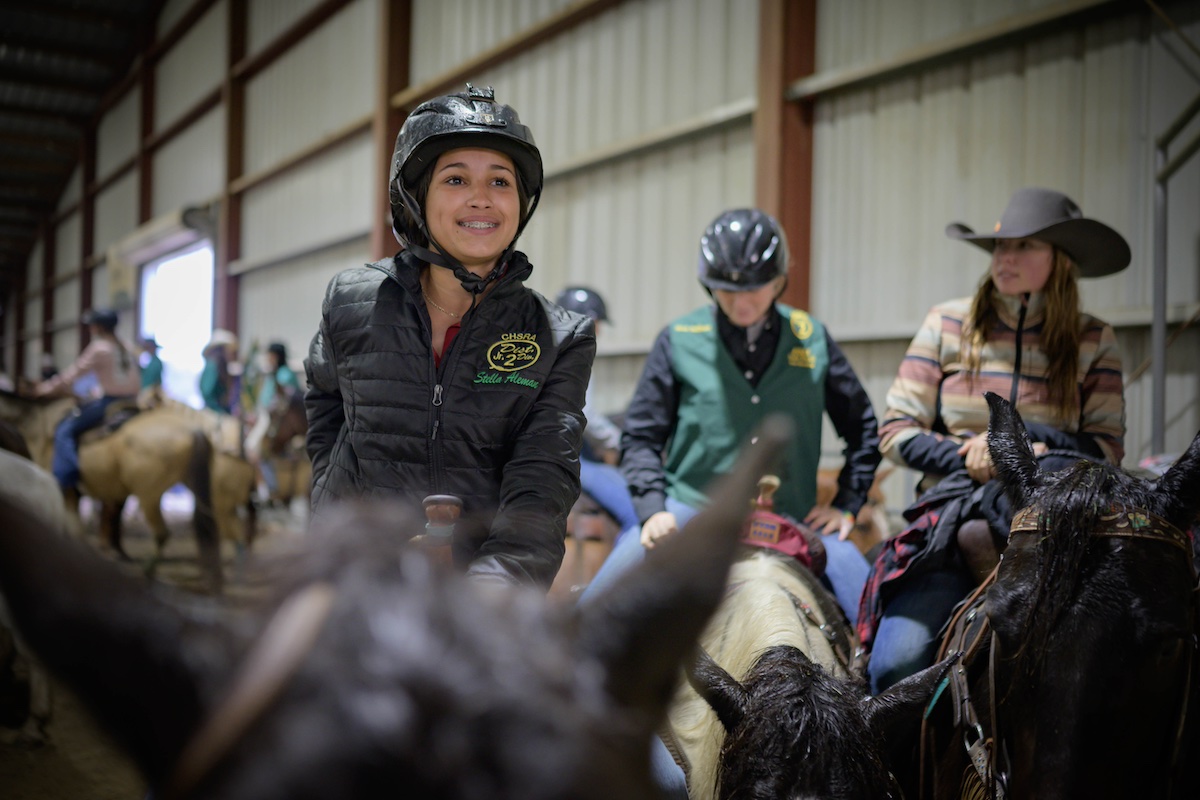
Es el día del torneo en Corning, un pequeño pueblo a una hora al norte de Sacramento. Cascos y botas chapotean en el barro en un sábado lluvioso mientras más de 100 competidores se preparan para una serie de eventos, desde cuerdas hasta cortes, flexión de postes y ganado bravo.
Stella Alemán, de trece años, sonríe y sus ojos brillan mientras monta su caballo, Ice Baby, en medio de un grupo de vaqueras vertiginosas.
Irradiando confianza, nunca imaginarías que apenas unas semanas antes había sido el objetivo de una cruel campaña de intimidación. “Me estaban acosando por montar a caballo, la gente me llamaba chica caballo o vaquera. La gente gritaba ‘yee haw’ a mi alrededor, pensando que era gracioso”, recuerda. “Me hizo sentir como si no fuera normal. Me hizo no querer hacer más esto”.
La madre de Stella, Andrea Alemán, es enfermera titulada en Clear Lake, un poblado 60 millas al sur en el condado de Lake. “Fue muy, muy difícil”, dice con lágrimas en los ojos mientras describe la lucha de su hija durante los últimos meses. Las amenazas se volvieron tan constantes que Stella tuvo que ser sacada de la escuela y puesta en estudios independientes. Al final intervino la policía local. “Mi hija es muy pequeña… la amenazaban con darle una paliza”.
El bullying (acoso) puede dejar cicatrices duraderas, tanto para las víctimas como para los perpetradores, además de afectar las calificaciones, las tasas de graduación e incluso el empleo y las oportunidades profesionales en el futuro. En el peor de los casos, puede provocar una depresión grave o ideas suicidas.
Más de 30 por ciento de los estudiantes californianos informaron haber sido víctimas de bullying al menos una vez entre 2016 y 2020, según datos de la Encuesta de Niños Saludables de California. Y aunque la raza o la orientación sexual suelen ser factores detonantes, en el caso de Stella fue por su participación en el rodeo.
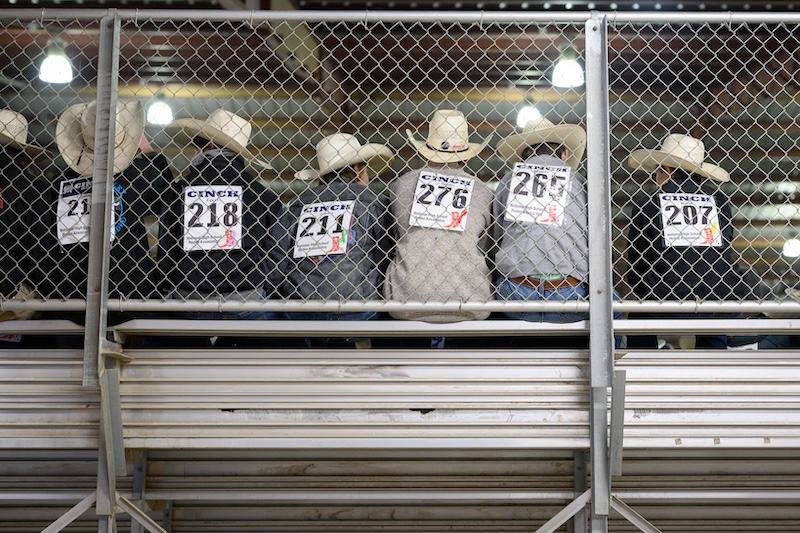
Un estilo de vida durante todo el año
A pesar de su popularidad (43 millones de estadounidenses se identifican como fanáticos del rodeo, según la Asociación Profesional de Vaqueros de Rodeo), el deporte ecuestre sigue siendo de nicho entre los jóvenes de California. La Asociación de Rodeo de Escuelas Secundarias de California (CHSRA) cuenta con unos 800 miembros en todo el estado.
El costo (hasta $10,000 al año por caballo en California), el compromiso y el tiempo necesarios para cuidar y entrenar adecuadamente a los animales, además de los viajes que conlleva participar en torneos estatales y nacionales, son sólo algunos de los factores limitantes.
Sin embargo, si su inmersión en el rodeo los distingue, la ironía es que la comunidad de rodeo de la escuela secundaria se ve a sí misma arraigada en una tradición que surgió de los ranchos ganaderos que durante mucho tiempo han sido un pilar, incluso definido, de gran parte de la economía rural de California, especialmente en el norte. Lejos de ser casos atípicos, la gente de aquí (jóvenes y mayores) le dirán que se aferran a algo precioso, un baluarte contra un mundo urbano hiper digitalizado y cada vez más invasor.
Durante los últimos 10 años, Marco Luna se ha desempeñado como presidente del Distrito 2 de CHSRA, que se extiende desde los condados adyacentes al Área de la Bahía, Marin y Sonoma, hasta Humboldt y Del Norte en el extremo norte (hay 9 distritos en total en California). Un policía retirado e hijo de inmigrantes mexicanos, pasa su tiempo cuidando su rancho en Humboldt cuando no está pastoreando a familias de rodeo hacia y desde las competencias.
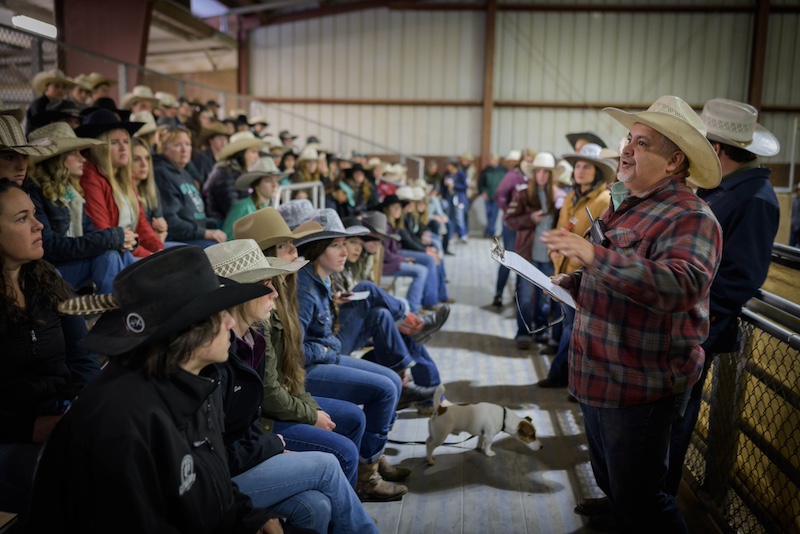
A diferencia de los deportes estacionales como el baloncesto o el béisbol, afirma, el rodeo es un “estilo de vida” que se practica durante todo el año y que requiere compromiso y dedicación.
Está la alimentación diaria, el cepillado, el entrenamiento, el vínculo. Los caballos “tienen que ser tus amigos”, subraya, una relación que Luna describe como “terapéutica” para los jóvenes involucrados. Al reconocer su valor, universidades como Cal Poly Humboldt ahora están considerando agregar el rodeo a su programa deportivo, precisa Luna.
“Algunos niños luchan en la escuela, en la vida, en su entorno familiar, y ésta es su salida”, continúa. “Estos niños construyen esos vínculos con estos animales y luego salen y compiten”.
Una cultura del cuidado
En California abundan los esfuerzos para reducir o prevenir el bullying, muchos de ellos centrados en la educación y la concientización sobre los daños que puede causar este acoso. Para Luna, la magia del rodeo en la escuela secundaria surge a través de la conexión que los niños comparten con sus caballos y los valores que se extienden a partir de ahí, valores que él cree que pueden ayudar a frenar los impulsos que llevan al bullying en primer lugar.
Los competidores firman códigos de conducta, así como contratos en las redes sociales, además de que deben mantener altas sus calificaciones. Si no cumple con alguno de estos, no podrán competir. “Queremos que salgan y se conviertan en buenos ciudadanos públicos”, dice Luna.
Es esa cultura de atención la que impulsó a Gracelyn Minic-Hayes, de 16 años, a encabezar un torneo del día Blue Up en honor al Mes Nacional de Prevención del Bullying en octubre. “Fui intimidada cibernéticamente por cuentas anónimas, lo que significa que no tengo idea de quiénes eran”, dice Minic-Hayes, la reina del Distrito 2 de este año, y agrega que fue atacada debido a un impedimento menor en el habla.
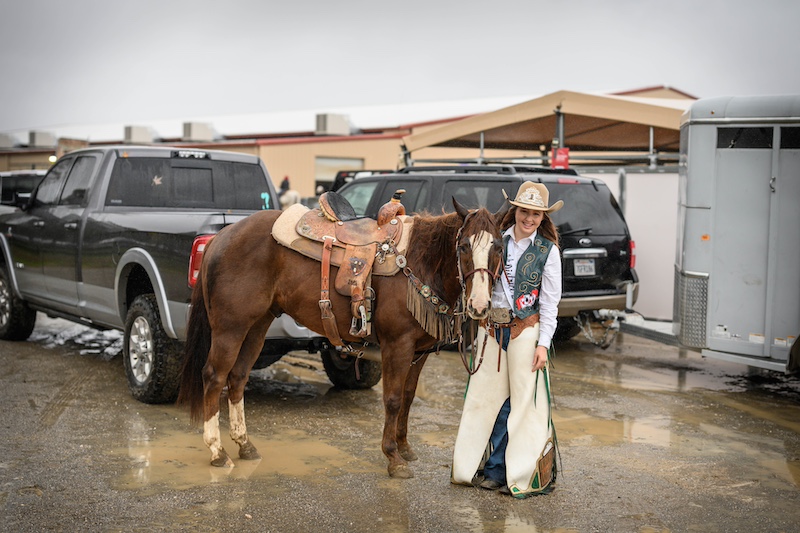
Las cosas se pusieron tan mal, dice, que empezó a sentirse ansiosa al entrar a la escuela, sin saber quién la estaba atacando. “Pero sabía que cuando entré al rodeo, todos simplemente te amaban. Aquí no hubo acoso”.
Minic-Hayes es consciente de que niños como Stella están siendo acosados por su participación en el rodeo. “Somos diferentes, somos raros y nuestros puntos de vista no coinciden con los de ellos”, dice, lo que en parte es la razón por la que impulsó el evento del día Blue Up. “Al final del día, los agresores sólo intentan derribarte. Pero aquí puedes aprender, crecer y ser tú mismo. Y pensé que algunos de nuestros niños en nuestro distrito podrían necesitar un recordatorio”.
“Mis mejores amigos”
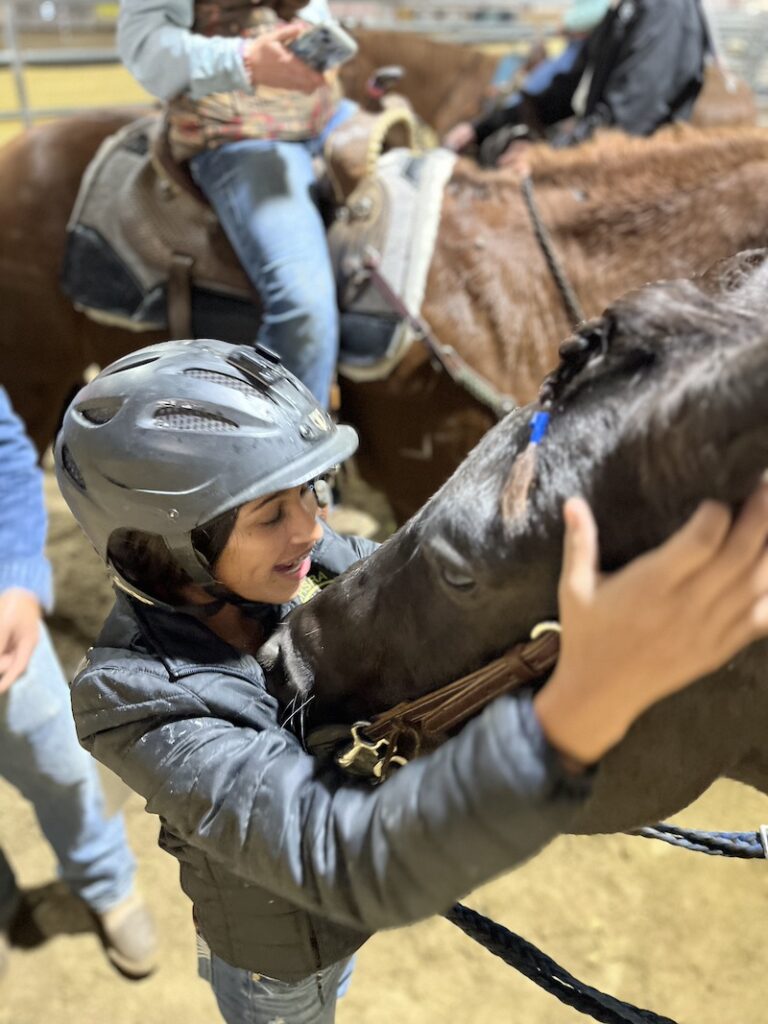
Stella salta de Ice Baby y toma su pata delantera entre sus manos. El contraste es sorprendente: este poderoso animal se eleva sobre una diminuta adolescente que, con práctica confianza, la frota suavemente antes de tomarle el hocico entre las manos y plantarle un beso. Ice Baby se inclina por otro.
Semanas antes, la cuenta de Instagram de Stella, que tenía unos 3 mil seguidores, había sido cerrada después de que alguien se quejara de maltrato animal. Los activistas por los derechos de los animales llevan mucho tiempo presionando para que se prohíba el rodeo en todo el estado. Los Ángeles parecía dispuesto el martes a unirse a San Francisco y Pasadena para prohibir los eventos de rodeo dentro de los límites de la ciudad.
Según cuenta Stella, los acosadores y activistas escolares se convierten casi en sinónimo de un mundo que ve su pasión como algo que ridiculizar o quitar por completo.
“Fue muy difícil superarlo”, dice. “Entonces me di cuenta de que no importa si otras personas me acosan, porque aquí tengo una gran familia. Realmente me ayudó a superarlo”.
Y añade: “Estos caballos son como mis mejores amigos”.
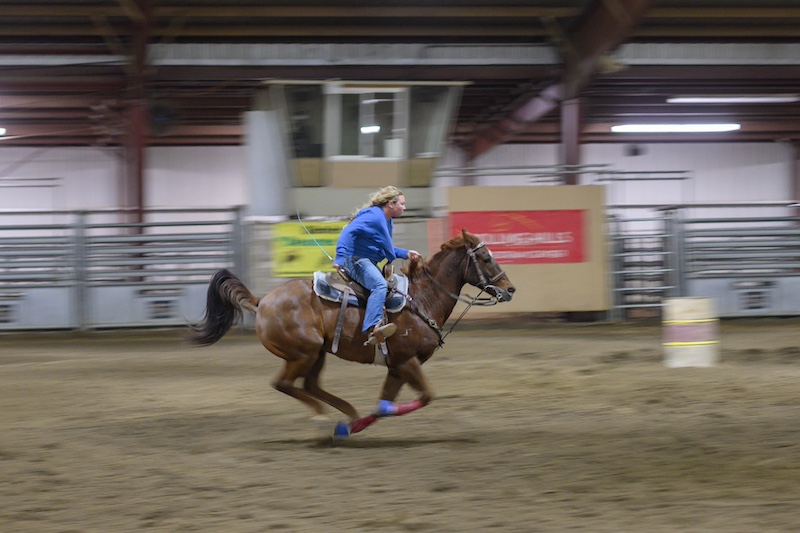
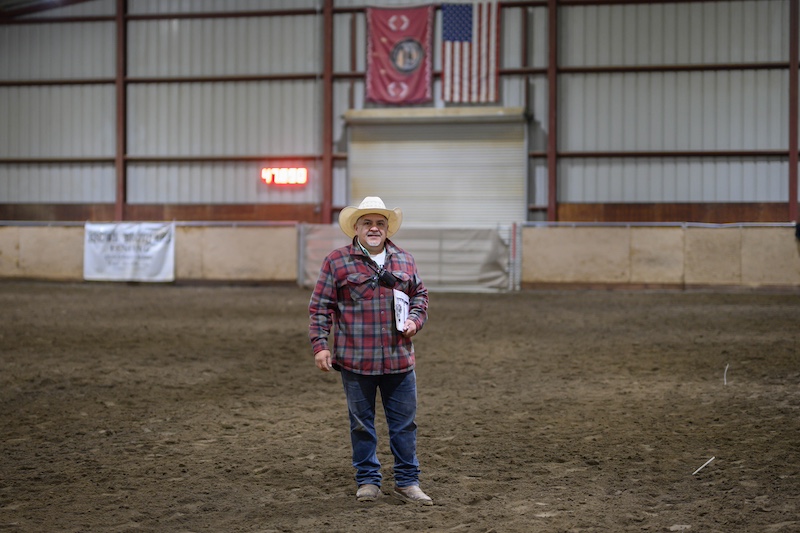
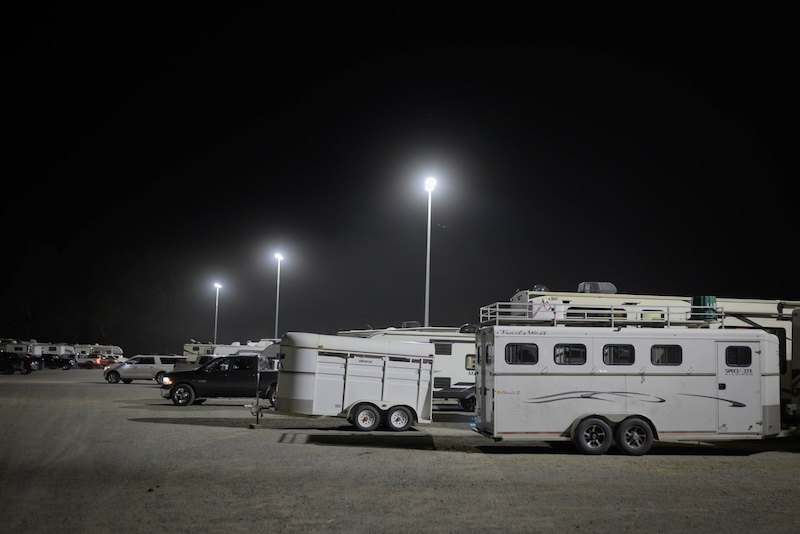
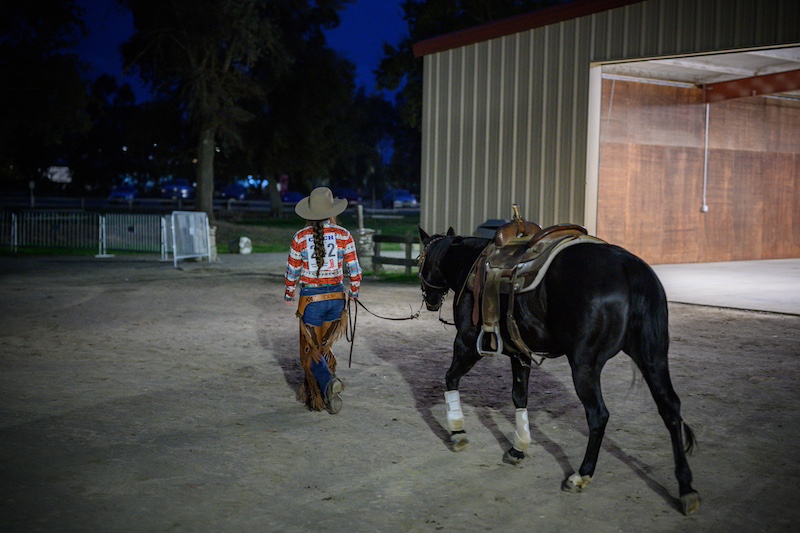
La iniciativa Stop The Hate de EMS es posible gracias a la financiación de la Biblioteca Estatal de California (CSL) en asociación con California Commission on Asian and Pacific Islander American Affairs (CAPIAA). Las opiniones expresadas en este sitio web y otros materiales producidos por EMS no reflejan necesariamente las políticas oficiales de CSL, CAPIAA o el gobierno de California.
Te puede interesar: Ser o no ser: español, espanglish, inglés, jóvenes latinos en EE. UU. se enfrentan a otro bullying

